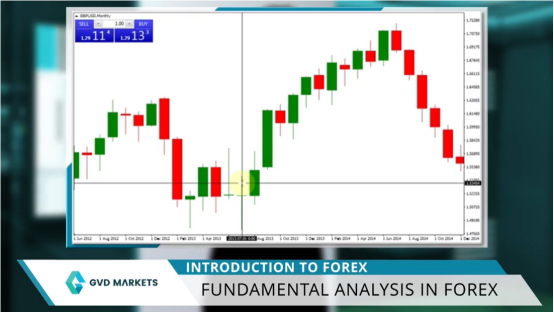When traders predict currency movements by analyzing a nation’s economic health in forex trading—factors like interest rates, employment, housing, and manufacturing—they’re practicing fundamental analysis in forex. Unlike technical analysts who focus on charts, fundamentalists dive into macroeconomic data to identify undervalued currencies.
Core Idea
Markets might misprice currencies temporarily, but they eventually align with economic realities. Traders capitalize on this by buying “mispriced” currencies and waiting for corrections. For instance, a strong economic outlook often strengthens a currency. Why?
- Interest Rates & Investment Flows: A thriving economy may prompt central banks to raise rates to curb inflation. Higher rates attract foreign investors seeking better returns on assets like bonds.
- Currency Demand: To buy these assets, investors first need the local currency. Increased demand drives up its value.
Real-World Example:
In August 2013, GBP/USD traded near 1.53. When the Bank of England hinted at rate hikes to tackle rising inflation, the pound surged. By 2015, GBP/USD hit 1.96—a 1,600-pip rally in under two years, driven by shifting rate expectations.

While fundamental analysis offers a long-term edge, it requires patience and awareness of geopolitical risks that can disrupt even the clearest trends.
Final Thought
Understanding economic indicators like interest rates, employment data, manufacturing trends and analysis in Forex is key to navigating Forex markets—and at GVD Markets Education Academy, we empower traders with the tools to do just that. Our expertly designed courses break down complex macroeconomic concepts about forex trading into actionable insights, helping you identify undervalued currencies and capitalize on long-term trends. Join GVD Markets now!
